Flapping-wing air vehicles (FAVs) are a type of flying vehicle that emulates the flight methods of insects and birds. Studies in bionics and aerodynamics have shown that micro air vehicles, similar in size to birds or insects, are most efficient when using flapping-wing flight methods. Designs related to bionic flapping-wing vehicles have been around since Leonardo da Vinci, but it wasn't until after the 1970s that more systematic research emerged. Bionic flapping-wing vehicles integrate multidisciplinary technologies such as bionics, aerodynamic analysis, mechanical structure analysis, energy, communication, and control. Their development has progressed from early low-frequency flapping large manned ornithopters to medium-frequency flapping bird-like ornithopters and high-frequency flapping insect-like ornithopters (under low Reynolds number conditions), with theoretical modeling evolving from the initial direct sinusoidal motion of fixed wings to later complex motion patterns of compound wings.
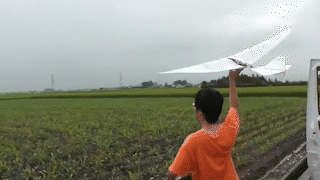
Advantages of Bionic Flapping Wing Flyers
Currently, the main types of aircraft are fixed-wing, rotary-wing, and flapping-wing. Fixed-wing aircraft have minimum speed and wingspan limitations, and they lack maneuverability and flexibility, making miniaturization difficult. Rotary-wing aircraft rely on the rotation of propellers for power, requiring certain dimensions and strength of the rotors, and they must contend with issues such as torque caused by rotation balance, making their implementation relatively complex. In contrast, biomimetic flapping flight can adjust the motion of wings to exploit the vortex effect of air, thus possessing strong maneuverability as well as a higher lift-to-drag ratio and flight efficiency, allowing for extreme miniaturization.
Flapping-wing flight generates both lift and thrust simultaneously, integrating the functions of lifting, hovering, and propulsion into one system. This provides strong maneuverability and flexibility. By adjusting the flapping parameters of the flapping system, the flight state can be flexibly changed, which allows for the omission of some control structures, greatly simplifying the design and reducing the weight of the aircraft. Additionally, the wings of a biomimetic flapping-wing flyer can lock in a horizontal position, allowing it to soar at high altitudes by using potential energy, which saves more energy compared to the continuous rotation of helicopter rotors. Moreover, theoretical research indicates that the propulsion efficiency of flapping wings is higher than that of conventional propulsion systems, reaching up to 85%.
Biomimetic flapping-wing flyers, which possess many advantages of biological flapping flight, can achieve rapid take-off, acceleration, hovering, and landing from a standstill. They resemble birds or insects in shape and flight patterns, offering good concealment, high camouflage, low noise, and excellent maneuverability. These features have broad prospects in both military and civilian fields. Militarily, biomimetic flapping-wing flyers can be used for enemy reconnaissance, target tracking, electronic interference, damage assessment, nuclear-biological-chemical sampling, sensor deployment, relay communication, and even active offense and defense. In civilian applications, they can be used for environmental monitoring, disaster surveillance, traffic and road monitoring, and bird control at airports.

Bionic Flapping Flight Mechanics
Birds and insects have acquired sophisticated flying skills through more than 150 million years of evolution, capable of long durations of flight or executing complex maneuvers rapidly. Therefore, studying the flapping trajectories of birds' and insects' wings, their flapping frequencies, the structure of the airflow around the wings as well as the scale of their wings and energy expenditure are critical to revealing the aerodynamic principles of flight. These studies are significantly important for the design of micro aerial vehicles.
Biomimetic flapping-wing flyers are further classified based on their biological models' flying methods into ornithopters (bird-like) and entomopters (insect-like). Bird flight can be categorized into three types based on flight characteristics: gliding, soaring, and flapping flight, with the first two not consuming muscular contraction energy. Flapping flight is a basic mode of flight for flying animals, where muscle groups flap the wings to generate energy, producing lift to overcome gravity and thrust to overcome drag. For birds, the basic wing motions, wing shape, wingspan, load, wing camber, sweep angle, and flight position all vary significantly with each wingbeat. The flapping frequency and amplitude also change with the wing's angle of attack and flight speed. The basic movements of bird wings can be divided into flapping, twisting, swinging, and folding.
When birds flap their wings periodically, they generate a series of trailing vortices (a vortex street). If a set of vortices above the center plane of the wake rotates counterclockwise, and those below rotate clockwise, a flow region with a greater magnitude and direction consistent with the oncoming flow is formed near the center plane of the wake, at this point, the trailing vortices induce thrust. During their evolution, birds have developed two distinctly different flapping modes to efficiently generate lift: the vortex ring mode and the continuous vortex line mode.
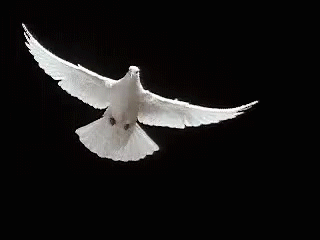
For insects, flapping is a necessary mode of flight, even when soaring, mainly due to the different Reynolds numbers between birds and insects during soaring. Moreover, the wing vein structure of insects determines that there is no folding action during their flapping process. However, the amplitude of flapping, twisting, and swinging motions in insects is much larger than that of birds and their movement patterns are also much more complex. This is mainly manifested in the larger amplitude of twisting motions of insect wings, the variability in wing curvature, the ability of insects to change the area of the wings that receive force, and the utilization of tilted wing flapping planes.
In the past, people used quasi-steady theory to estimate and explain the principles of insect flapping flight, which did not align with experimental results. Therefore, people began to search for mechanisms that produce high lift. Currently, the mechanisms understood to produce high lift in insects include the Weis-Fogh mechanism, leading-edge vortices with delayed stall, and rotational circulation with wake capture, the latter two of which were derived from experimental findings.
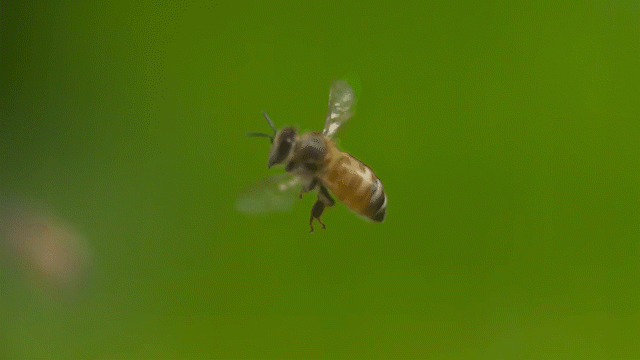
Kinematic analysis of bionic flapping using motion capture technology
Birds often change the shape and size of their wings during flight to adapt to different flying speeds. To extract wing shapes in different states for kinematic analysis, a 3D motion capture system can be used to obtain the relationship between the wing joint angles and flight time in birds. Reflective markers are placed on the bird's wings and body, and by tracking the movement trajectory of these reflective points, kinematic data of bird flight are obtained. This data provides insights into wing flapping symmetry, flapping angle range, motion frequency, and joint angles.
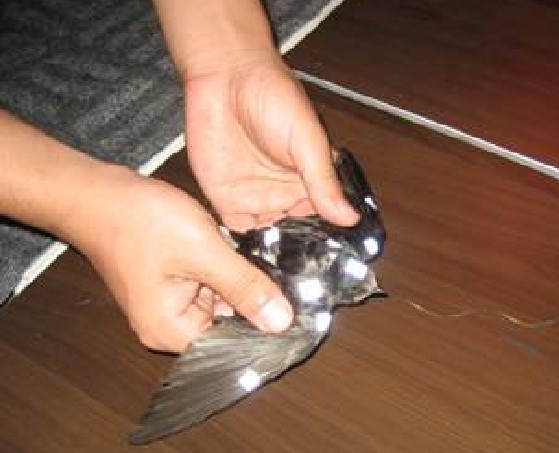
There are broad application prospects in fields such as behavioral actions. Mobile robots are mainly divided into wheeled robots, tracked robots, and biomimetic legged robots.
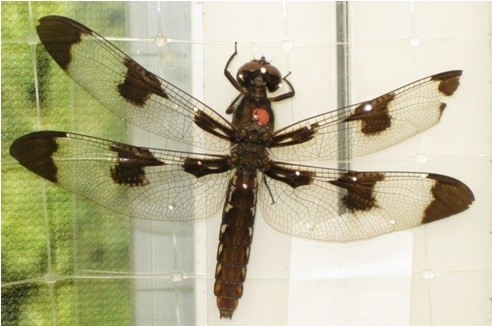
Development of bionic flapping-wing flyers using motion capture technology
When designing the structure for a biomimetic flapping-wing flyer, the first step is to determine the driving mechanism. The driving mechanisms for biomimetic flapping can be divided into two main categories: one is the single-degree-of-freedom flapping mechanism that only accomplishes up-and-down flapping motions; the other is the multi-degree-of-freedom flapping mechanism that realizes complex motion forms such as twisting, folding, and other actions. Common single-degree-of-freedom mechanisms include the crank-slider mechanism, cam-spring mechanism, double-crank double-rocker mechanism, and single-crank double-rocker mechanism. To establish the mathematical model and the multi-body dynamics model of the chosen mechanism, one should compare the calculated curves of the left and right flapping angles from the mathematical model with the curves obtained from ADAMS simulations to verify the accuracy of the mathematical model. After completing the physical construction of the flapping-wing flyer, an optical motion capture system can be used to attach markers to the inner wing, outer wing, and crank at corresponding positions. The captured real-world angular curves can then be compared with the previous two to validate the correctness of the motion equations and the simulation modeling.
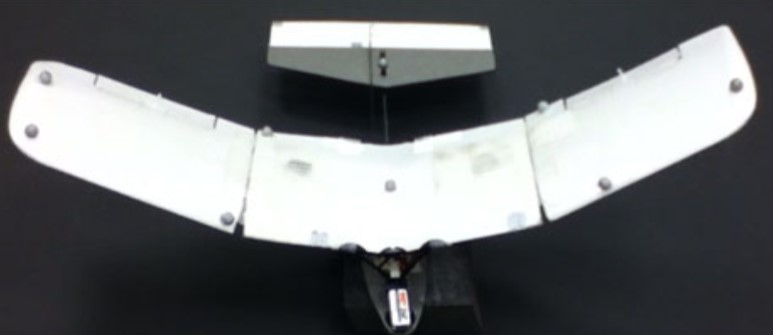
Biomimetic flapping-wing flyers are complex systems characterized by nonlinearity and non-steadiness, often utilizing flexible structures easily affected by disturbances. Moreover, as the size of the flyer decreases, the performance of response sensors and actuators decreases sharply, necessitating better controllers to achieve system stability. The most critical and widely studied aspect of flapping-wing flight control is the flight attitude control, which involves designing controllers to manage the attitude angles (pitch, yaw, and roll) and flapping angle to adjust the flyer's posture.
Harvard University has developed the world's first insect-scale flapping wing MAV (Micro Air Vehicle) with the capability of flight, called FMAV. Each wing of the flyer is controlled independently by a piezoelectric actuator through a spherical four-bar linkage. By using a "split-signal" drive, the device successfully generates roll, pitch, and yaw torques. During experimentation, a motion capture system tracks the movement and attitude of the aircraft, providing real-time feedback. With adaptive control, the system achieves stable takeoff and landing of the insect-like MAV.
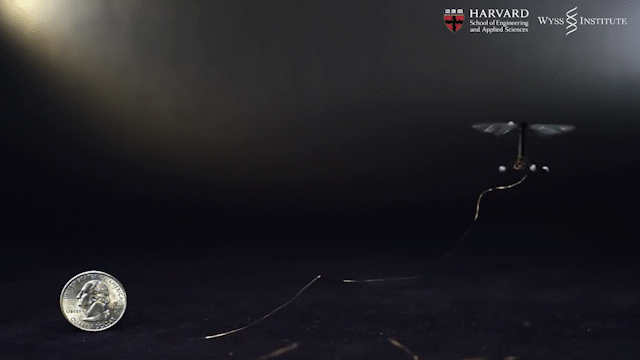
In addition to attitude control, vibration control of the aircraft is also an important aspect, determining the performance of the aircraft. During flight, the wings and fuselage are easily affected by external disturbances and vibrations caused by their own motors and structural movements, necessitating the design of controllers to suppress these vibrations to ensure system stability. Common methods include active vibration control and boundary control, such as applying the mixed sensitivity theory of H∞ robust control to solve active control problems of tail vibration in aircraft, or using the Lyapunov direct method to design boundary controllers for wing control.
NOKOV's involvement in the domestic development of bionic flapping-wing flyers
NOKOV is a leading optical motion capture system provider, currently engaged in in-depth collaboration with multiple universities in the field of multi-legged robots.
Shandong University
Space Size: 3m x 3m
The bionic flapping-wing aircraft team at Shandong University set up eight Mars 2H infrared optical cameras on tripods in the laboratory. They attached reflective markers to the wings and body of the bionic flapping-wing aircraft. By capturing the spatial position and attitude of the aircraft's wings and body, they were able to obtain data on the different flapping frequencies and patterns of the wings, the vibration patterns of the body, and proposed an active vibration suppression method for the harmful vibrations in the flexible structure of the bionic flapping-wing aircraft.
University of Science and Technology Beijing
Spatial dimensions: 6m x 6m x 3m
The bionic flapping-wing aircraft team from Beijing University of Science and Technology attached three markers to the head and tail fins of a bionic flapping-wing aircraft, treating it as a rigid body. Using the NOKOV infrared optical cameras arranged around the site, they captured the rotational flight trajectory and attitude changes of the bionic flapping-wing aircraft under different flapping angle and frequency conditions.
Harbin Institute of Technology (Shenzhen)
Space dimensions: 15m x 20m x 8m (NOKOV Yanjiao motion capture laboratory)
Professor Wenzu Xu's team at Harbin Institute of Technology (Shenzhen) conducted bionic flapping wing flight experiments in the NOKOV Yanjiao motion capture laboratory to obtain the flight position and orientation of a large-scale bionic flapping-wing flyer. Considering the large experimental capture space and the high precision requirements, active markers (markers that emit infrared light themselves) were attached to the flapping-wing flyer.